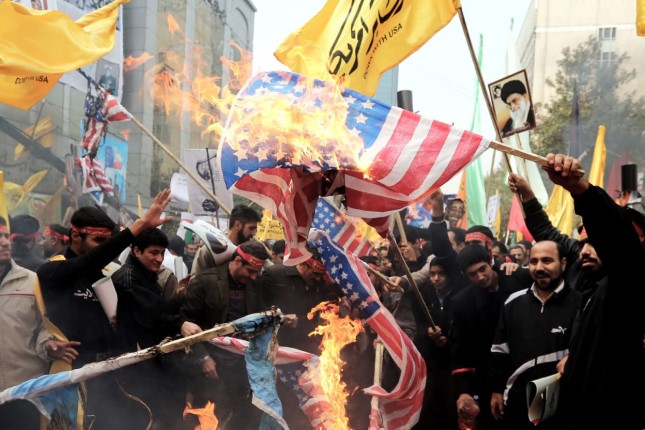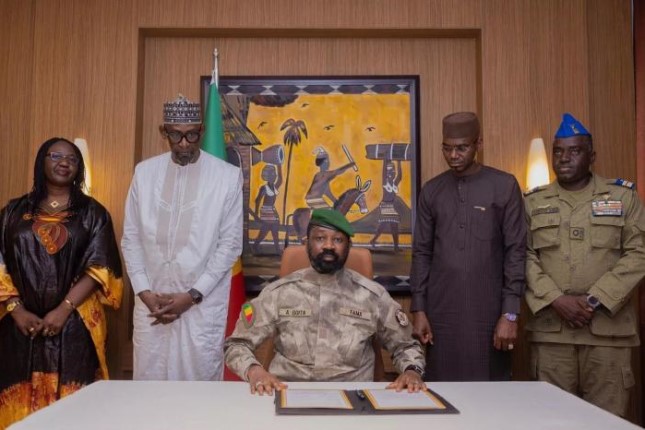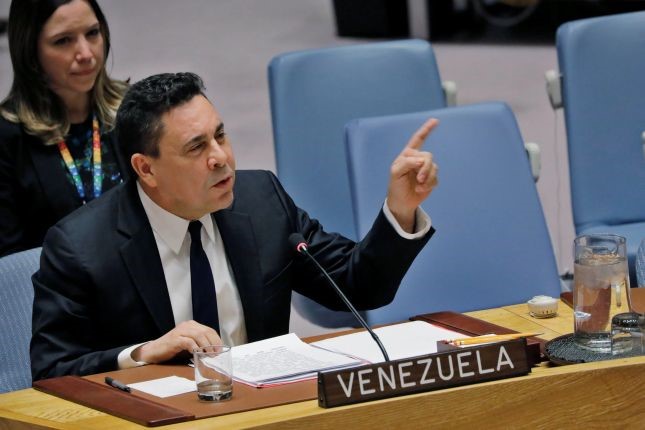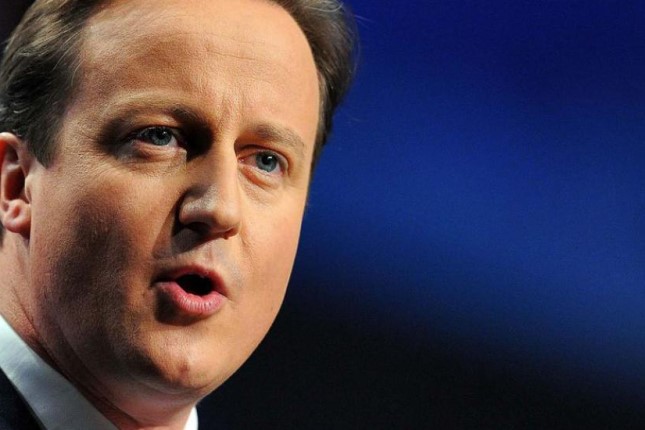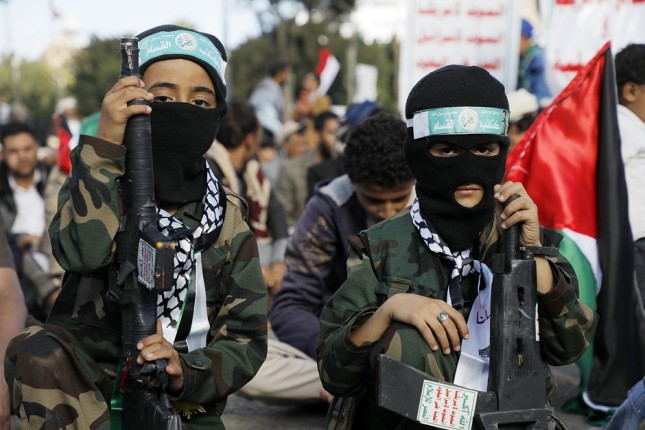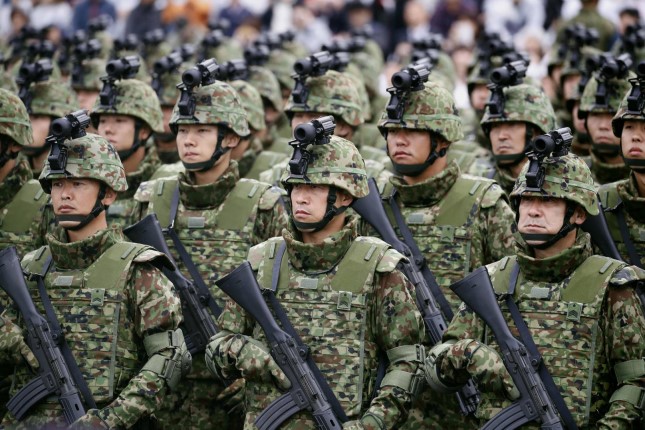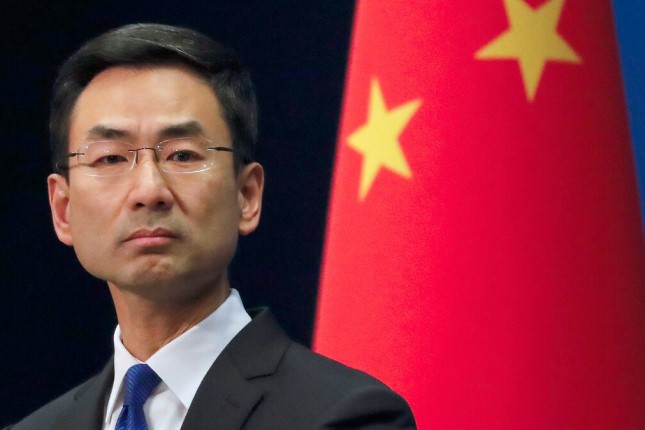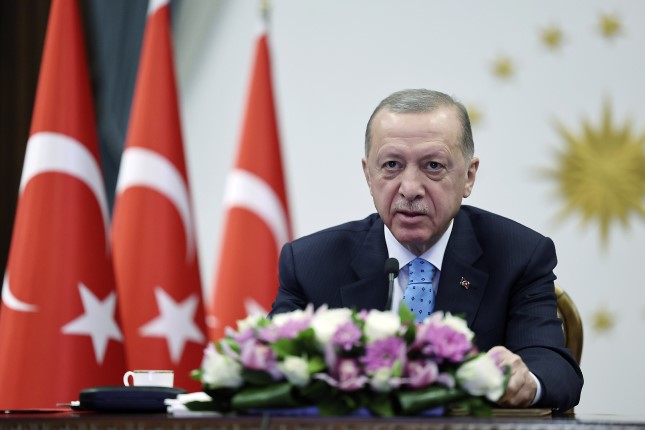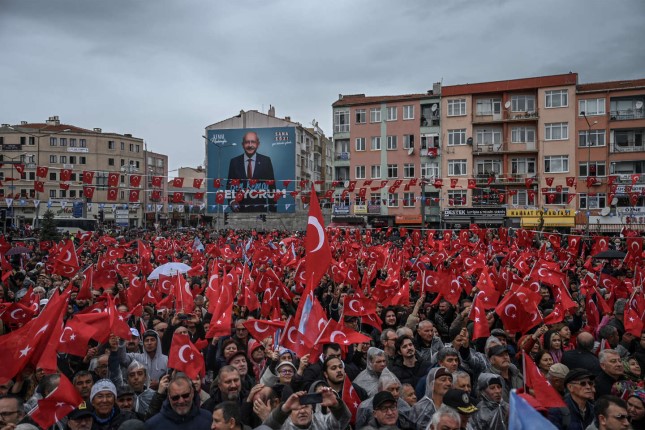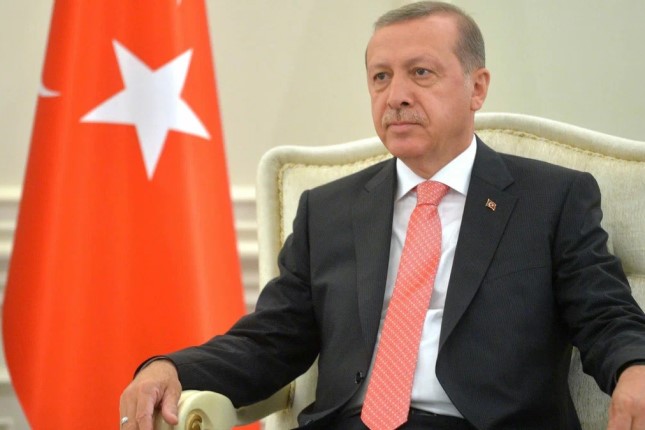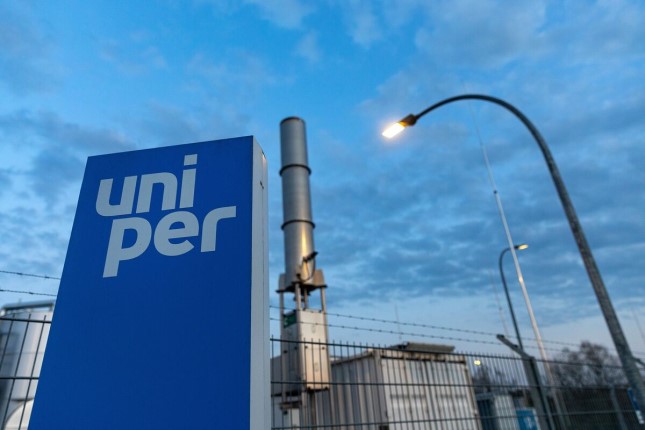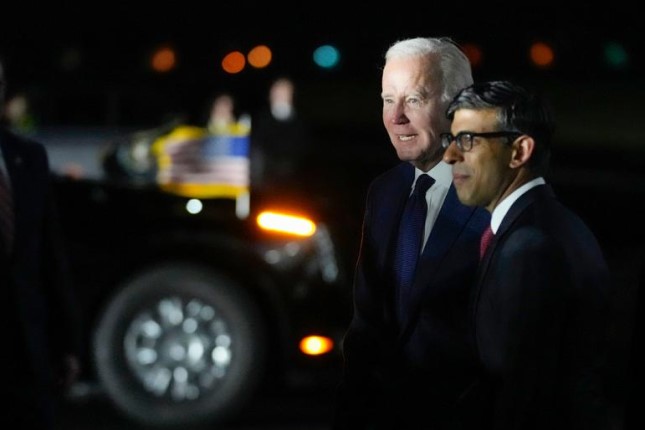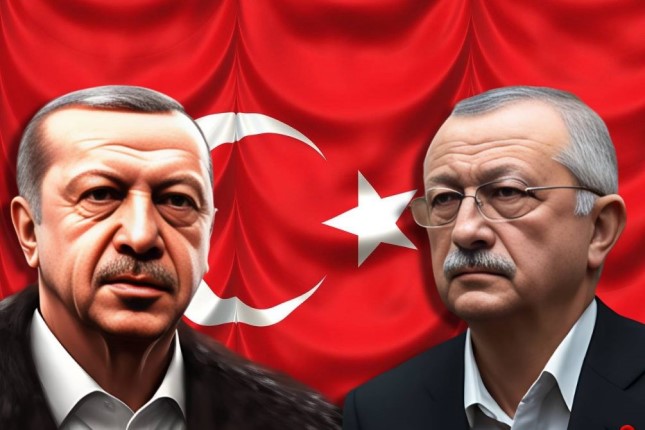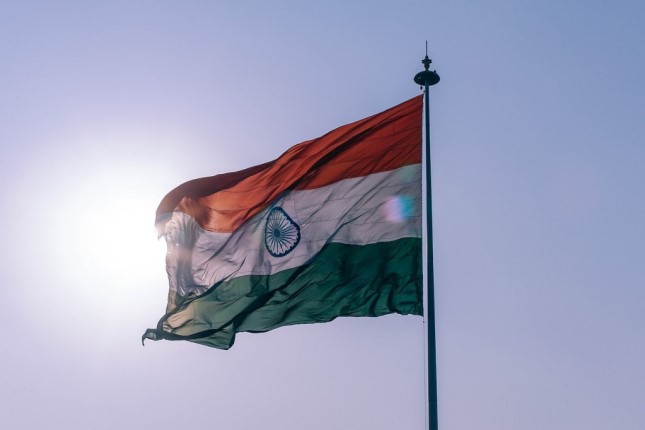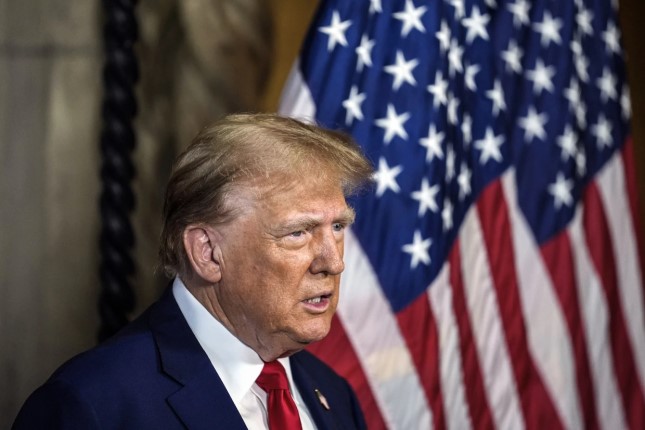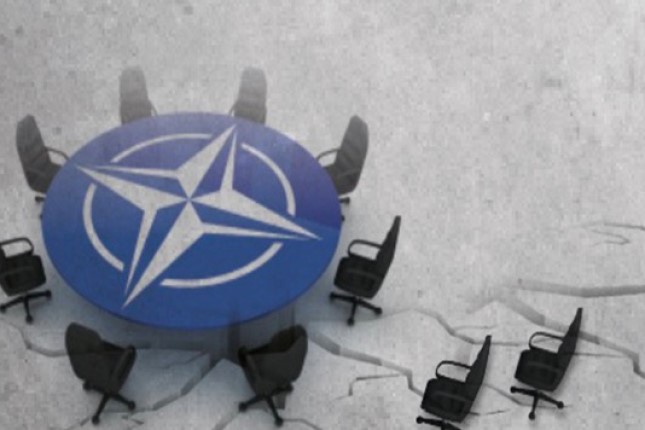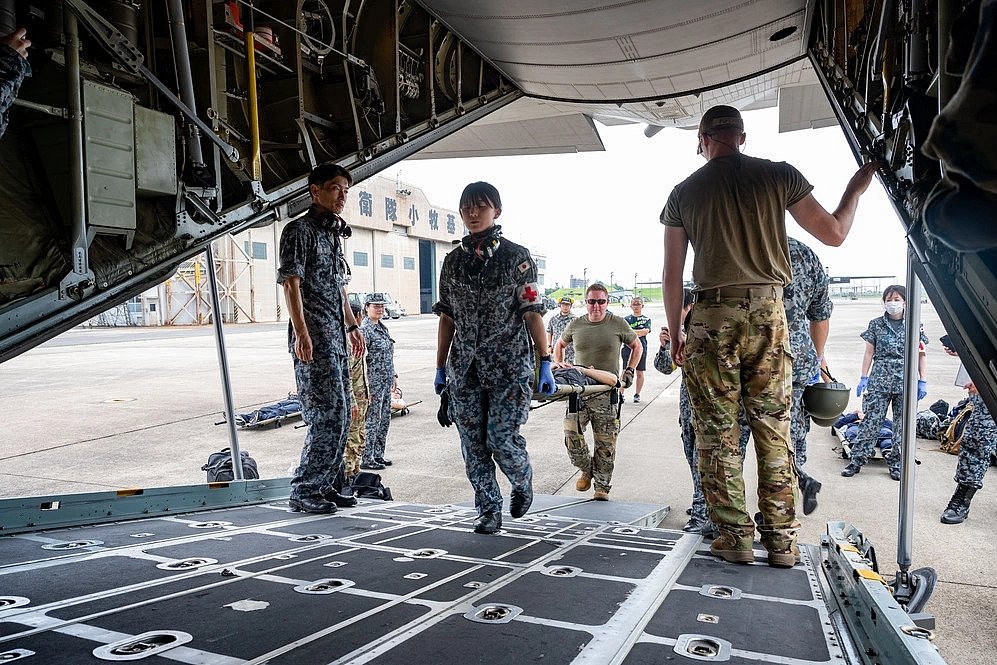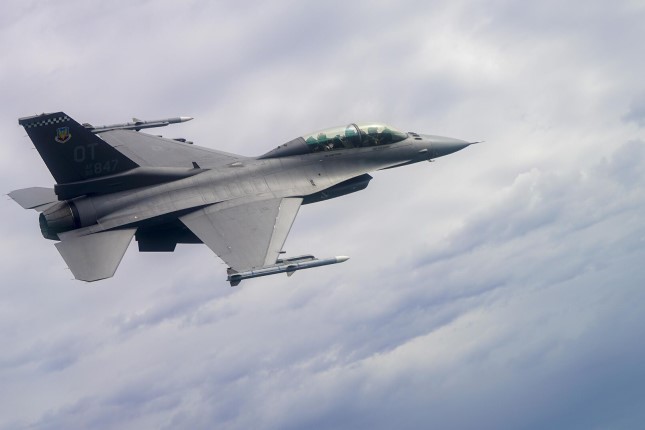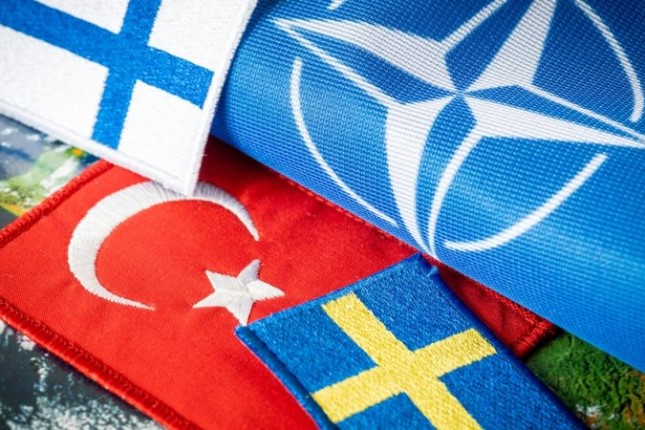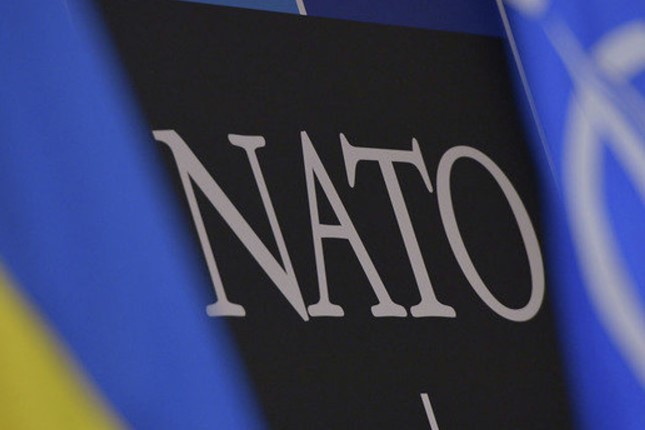If one tried to pinpoint the most protracted international conflict that would have also arisen out of a dispute over oil, one would most likely have to single out the war of sanctions unleashed by the United States against Iran, a war that has been raging on for more than 40 years.
The battle for this Middle Eastern country's oil resources has actually been going on for much longer, dating back to as early as the nineteenth century. But the goals of this war have seemingly been an ever-shifting target. These days, Washington's principal goal appears to be to prevent Russia and the Islamic Republic of Iran from forging a close alliance in the energy field while blocking Iran's oil (and, eventually, gas) supplies to the European market. After all, the US would be hardly pleased if its plans to freeze Europe were to be unexpectedly thwarted by a saviour such as Iran.
Over the past few weeks, international media have been closely following the situation in Iran, where civil disturbances broke out recently, ostensibly provoked by the alleged murder, by law enforcement officers, of Mahsa Amini, a 22-year-old Iranian girl. Undeniably, Iran has its share of domestic problems that have occasionally led to outbursts of public discontent. But by some convenient coincidence, these mass protests of such a magnitude happened to be in perfect sync with the overall escalation of geopolitical tensions all over the world and with a number of important steps taken recently by Iran and Russia to forge a partnership between them.
A century spent sitting on an oil barrel
These recent events in Iran and the role the West has been playing in them are hardly a new phenomenon. Rather, they are a natural extension to more than a century of fighting over Iranian oil (and, in recent decades, increasingly against it). Let us look back at some of the key chapters of this saga.
As far back as the 19th century, Persia became an arena where conflicting political and economic interests of Russia and the West came to a head. The Russian Empire and the United Kingdom were locked in a fierce contest for political influence in this region, triggered in no small measure by the oil factor. In 1901, British businessman William Knox D'Arcy signed a petroleum oil concession with the Shah of Persia, giving D'Arcy exclusive rights to prospect for oil in this country of the Orient. Later on, this concession gave rise to the Anglo-Persian Oil Company.
During World War II, Iran became both a neutral platform for dialogue between the anti-Hitler coalition of the Allies (and the venue of the 1943 Tehran Conference) and a battleground for the control of the country's oil industry. But it was decided to postpone the "dispute resolution" until after the end of the war.
The US and the UK did not care to share Persia's oil riches either with the USSR or with Iran itself. In 1950, Mohammad Mosaddegh, an Iranian politician and the country's future prime minister, initiated the drafting of a bill to nationalise the country's oil sector that was ultimately signed into law on March 15, 1951. This move led to a dramatic deterioration of Iran's relations with the West and, eventually, in an effective ban on Iran's oil exports. The economic confrontation threatened to escalate into an open armed conflict, with Britain plotting a military operation to seize an oil refinery in Abadan, one of the world's largest.
But, in the end, a less blatant but just as effective course of action was chosen. In 1953, the CIA and British intelligence operatives staged a military coup that overthrew the Mosaddegh-led government. Although the country's oil industry remained state-owned, Washington and London gained the ability to influence Tehran's policies, including those involving the oil sector. US oil corporations started to establish their presence in Iran, gradually sidelining the British.
Things changed dramatically after Iran's 1979 Islamic Revolution. Oil production and supply disruptions led to the so-called Second Oil Crisis, forcing the West's leading powers to rethink their approaches to guaranteeing their own energy security. And these new strategies were not just confined to energy-saving measures, a search for alternative energy sources or development of new oil-rich regions outside the Persian Gulf. Still, they also included building a new "power axis" in the Middle East.
The Islamic Revolution was followed by a nearly decade-long bloody war between Iran and Iraq, causing immeasurable suffering to the peoples of both countries. On the other hand, it enabled the US to dramatically increase its political and military presence in the Persian Gulf region under the pretext of protecting oil supply chains. The US successfully built a strategic alliance with Saudi Arabia and other Middle East monarchies. Despite the US administration's unending complaints against OPEC, it has managed to hold its Arab allies in check and avert any new price shocks ever since the 1980s.

The new alliance is Washington's worst nightmare
Things were more complicated with Iran. Despite the fact that the country had suffered enormous human and economic losses, it remained one of the United States' staunchest and formidable enemies. What was even more frightening was that a new alliance between the USSR and Iran started to take shape amidst the raging war, even though Moscow actively supported Iraq during the early stages of the Iran-Iraq hostilities. After the USSR initiated political reforms and withdrew its troops from Afghanistan, Moscow's relationship with Tehran grew even closer, including ties in the energy sphere. Among other things, 1990 saw Iran resume its gas deliveries to the USSR on a barter basis.
Meanwhile, Iran's oil industry was experiencing a revival. Compared with 1.38 million bpd during the 1981 crisis, the country's production reached its historical peak of 4.8 million bpd by 2017.
Without a doubt, the presence of a strong political player and a major oil producer outside Washington's control in the Middle East has been a source of constant headache for the United States. This is why the US has been trying to suffocate Iran with its numerous sanctions for over four decades under numerous pretexts, of which the most prevalent one is the US's frustration with Iran's nuclear programme. A new round of sanctions was initiated in 2018 when Donald Trump reinstated the restrictions that had been partially lifted by his predecessor, President Barack Obama, in 2016.
But what is the source of this new phase of confrontation? Granted, Iran's stubborn opposition to toeing the line and abiding by the White House's policies did play an important role in fueling the quarrel. But there are other reasons for that as well. The first of them is the increasingly stronger political and economic alliance between Moscow and Tehran. The relations between the two countries grew particularly close after the West started to use against Russia the same weapon that it had used against Iran: sanctions. It would seem that sanctions are a good incentive for expanding economic cooperation between the countries that have become the targets of economic pressure from the West. And indeed, the progress rate in the Russian-Iranian partnership development is truly impressive. For example, their trade grew by 42.5 per cent year-on-year to USD 2.7 billion in the first half of 2022.
The two countries have excellent potential for expanding their cooperation, especially in those areas that have been particularly hit by the sanctions. Most notably, Russia and Iran happen to own the world's largest gas reserves, and their alliance in this area could help completely reshape the entire global gas market. Among other things, their cooperation could focus on the development of gas liquefaction technologies and the implementation of various LNG projects. This is especially promising, considering that the resource base for such programmes is truly enormous. Additional opportunities could present themselves in such a field as petrochemistry.
It is quite natural, therefore, that such a bleak outlook should cause the United States much disquiet. And yet, the White House's and the Pentagon's worst heartburn is the growing defence cooperation between Russia and Iran. Back in 1995, Moscow was pressured by its US "friends" to cancel its defence supplies contracts with Iran. But these days, no one could be expected to repeat such an act of utter folly. Experience has shown who is a true friend and who is a foe. One can only imagine the outrage that Washington must have felt upon hearing last summer's news that Iranian drones could be shipped to Russia. And just several weeks after this announcement had hit airwaves, riots broke out in Iran. Was this a mere coincidence? Or was it perhaps the case of "popular discontent" being skillfully fomented from across the ocean again?
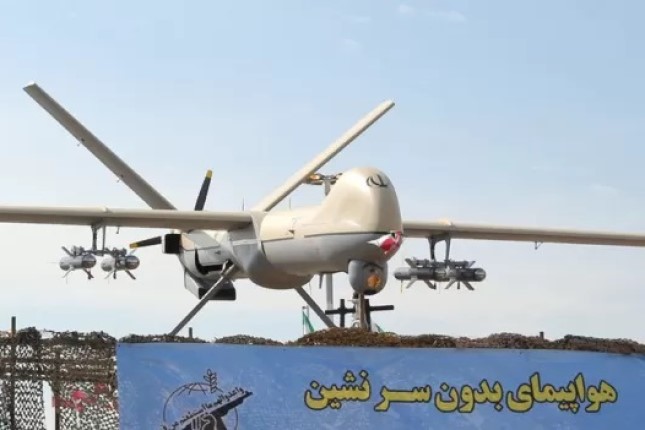
America has Europe in its crosshairs
Still, the US has one more important incentive to stoke the fire of popular unrest in Iran. By imposing sanctions against Russian oil exports, the Europeans have been forced to start looking for alternative sources of hydrocarbons. Lifting sanctions on Iran, followed by an increase in oil production and exports from there, could have been seen as one of the most promising options. But that was not to be. After all, many analysts have repeatedly pointed out that the main target of US sanctions is not Russia or Iran but none other than Europe. It is Europe, with its advanced technologies, strong expertise and advanced manufacturing culture, that the US views as the main competitor of the American economy. And that is exactly why Washington's number one priority is to weaken Europe by depriving it of access to cheap energy. After all, the war of sanctions against Russia was not launched so that cheap Iranian oil could start flowing to Europe. Instead, the US would prefer it to be diverted to China, which has come up with a broad range of methods to circumvent the anti-Iranian sanctions. All the same, you cannot really count on crippling China's economy by depriving it of Iranian oil. By contrast, it would be completely unacceptable to let the Europeans emerge unscathed from the current energy crisis.
The same applies to natural gas. They didn't make the effort of blowing up the Nord Stream lines to ultimately enable Iran to supply its own gas to Europe. This place has already been saved for the expensive and precisely rationed US-made LNG.
So, it should come as no surprise that the US continues playing the Iran card by imposing increasingly stiffer sanctions against Iran, including the most recent package of sanctions affecting companies involved in exporting Iran's oil, and by destabilising the political situation inside the country. In keeping with the age-old rule of combining punishment and reward, the US has also shown Tehran the proverbial "carrot": there were media reports in early October that the United States could unblock several billion dollars' worth of Iran's frozen assets. What is it that Washington seeks to buy in exchange for this trade-off, and how tempting will it be for Tehran? We will find that out very soon.
